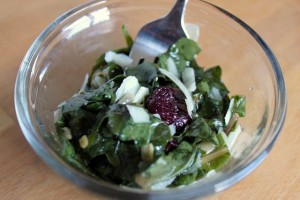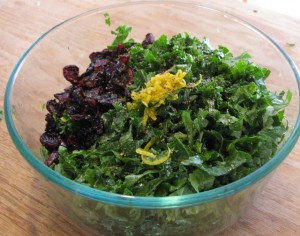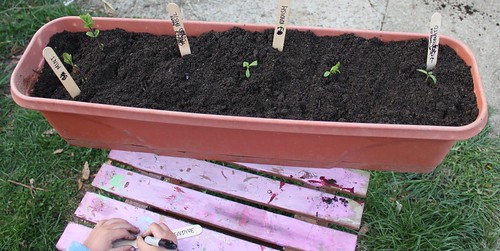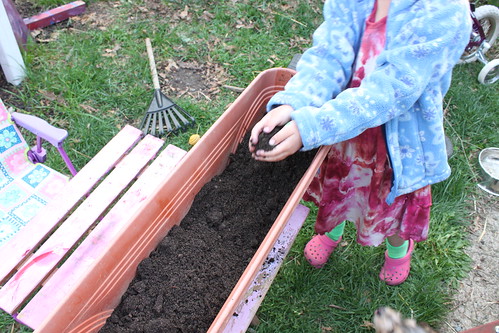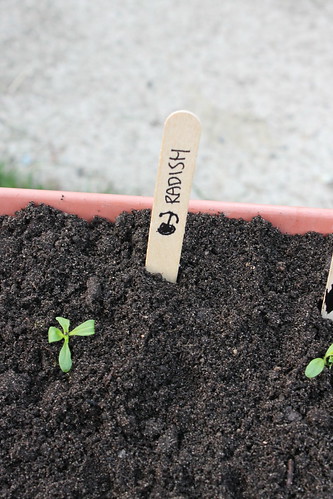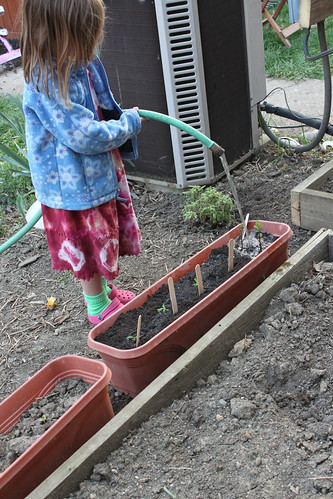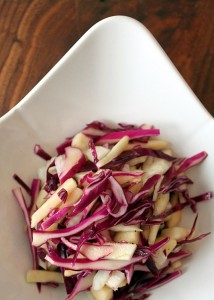 What's colorful, nutritious, and full of autumnal ingredients? Apple fennel cabbage slaw!
My mother originated this slaw in my family, probably as a spin off from a magazine. We now make the salad regularly as a side to grilled meats or bite of freshness among a rich oven roasted chicken.
What's colorful, nutritious, and full of autumnal ingredients? Apple fennel cabbage slaw!
My mother originated this slaw in my family, probably as a spin off from a magazine. We now make the salad regularly as a side to grilled meats or bite of freshness among a rich oven roasted chicken.
With a very light dressing, the recipe is vegan, low fat, and full of vitamins and crunch. Fennel haters have been known to change their mind over this salad.
Apple fennel slaw keeps for up to seven days in the fridge. When we tire of eating it fresh, we toss it in a cast iron skillet and braise the mix over medium heat until the vegetables are sweet and tender.
[print_this]
Fennel Apple Slaw Makes: 12-20 servings Time: 20 minutes preparation, 30 minutes resting
1/3 cup vegetable oil 1/4 cup white wine or champagne vinegar 1 tablespoon white granulated sugar or honey 2 teaspoon soy sauce 1/2 teaspoon salt 1/2 teaspoon pepper 1/2 teaspoon ground dried ginger 1 fennel bulb, core removed and thinly sliced 1 small head red cabbage, core removed sliced thinly in 3 inch lengths 2 granny smith or other tart apples, peeled, cored, and cut into matchsticks
1. Whisk together or shake in a jar the oil, vinegar, sugar/honey, soy sauce, salt, pepper, and ginger. 2. Pour dressing over fennel, cabbage, and apples. Let macerate for 30 minutes at room temperature or overnight in the fridge.[/print_this]
Added to Hearth and Soul and Traditional Tuesdays.



